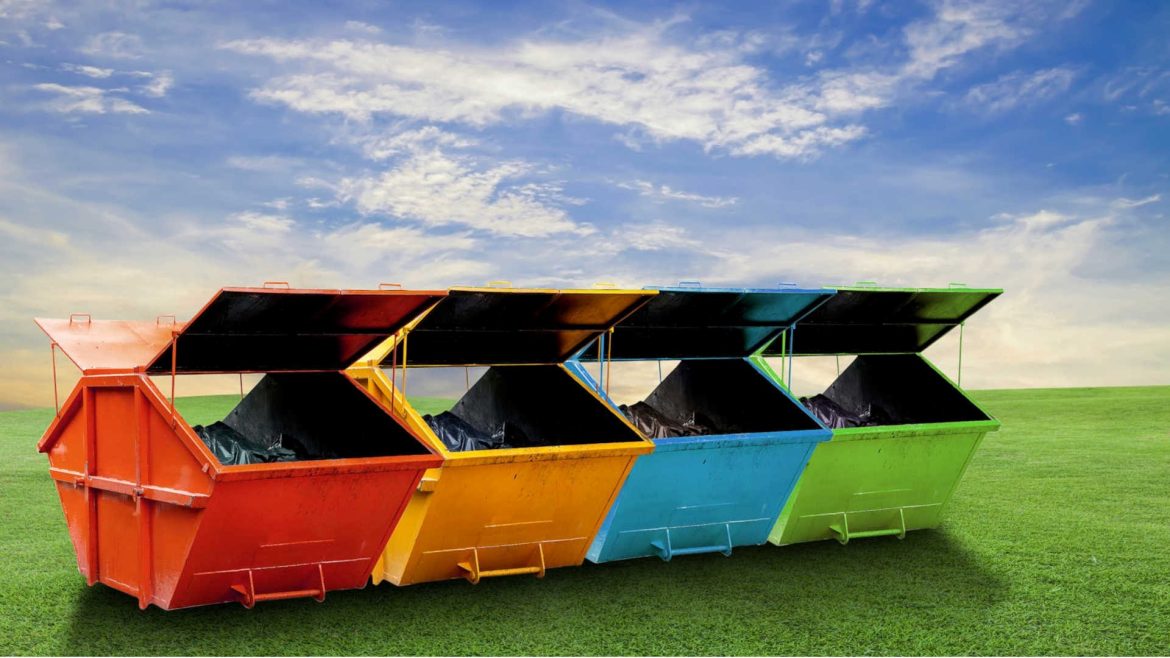What are the Types of Waste to Put in Your Skip Bins?
Using skip bins is one of the best ways to manage and dispose of waste effectively. These open-topped rubbish receptacles are big and sturdy enough to hold large loads of waste materials. They are essential components in clearing construction or demolition sites, especially in dealing with mountains of debris or other sorts. In New Zealand, hiring skip bins for Auckland homeowners is a common practice for getting rid of garden rubbish and other litter types.
Waste removal services deal with different waste types on a daily basis. Waste management service providers always point out the importance of segregation. Specific skip bins are assigned to deal with different types of rubbish. This method helps reduce the amount of waste dumped into landfills.
Separating rubbish according to their disposal method also saves governments or organisations time and energy, especially when treating and dealing with this waste management.
In this article, we discuss the top three rubbish categories and their examples. Knowing these waste types can help you identify the kind of skip bin services you’ll need when disposing of waste.
Skip Bin Waste Types You Should Know About
Skip bins can accommodate different types of waste and litter. Here are the three most common rubbish classifications to be aware of.
Green Waste
Green waste is biodegradable or biological waste. It is usually comprised of garden waste or park debris that is compostable. As an organic and non-toxic waste, it can be treated and decomposed to become plant fertilisers.
Green waste includes grass, leaves, clippings, small plants, barks, tree trunks and trimmings, cuttings, and weeds.
Hard Fill
Hard fill waste is heavy and solid waste from construction sites and demolition areas; this should not be combined with other waste. Clean hard fill waste is still usable, especially at work sites. However, if contaminated and mixed with other waste, it falls under general waste.
Some examples of hard fill waste include stones, tiles, concrete, asphalt, rocks, bricks, soil, and other construction material debris.
General Rubbish
General waste is the most common type of waste, mostly a combination of different solid materials. Usually, general waste is non-wooden and non-organic garbage generated from households or businesses. Most general waste is non-recyclable and non-decomposable.
Furniture, clutter, appliances, toys, non-recyclable plasticware, scrap metal, Gil board, office waste, packaging and kitchen scraps, and other residual waste are considered general rubbish.
What about hazardous waste for skip bins?
You might be wondering why hazardous waste is not on this list. Most skip bin facilities don’t cater to them. Since these bins are open-topped, they cannot hold flammable and toxic waste. Rubbish like gas canisters, food waste, e-waste, batteries, aerosol sprays, asbestos, paint, and other liquids shouldn’t be mixed with your green, hard fill, or general rubbish load.
Proper rubbish disposal of your household or office waste is a huge responsibility. Doing your part will benefit you, your community, and the environment. Knowing the different waste categories will help you do it right.
